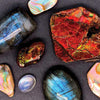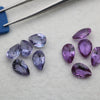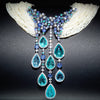From Prehistory to Modern Times: Exploring the Evolution of Jewelry
- by Greta Fontanella
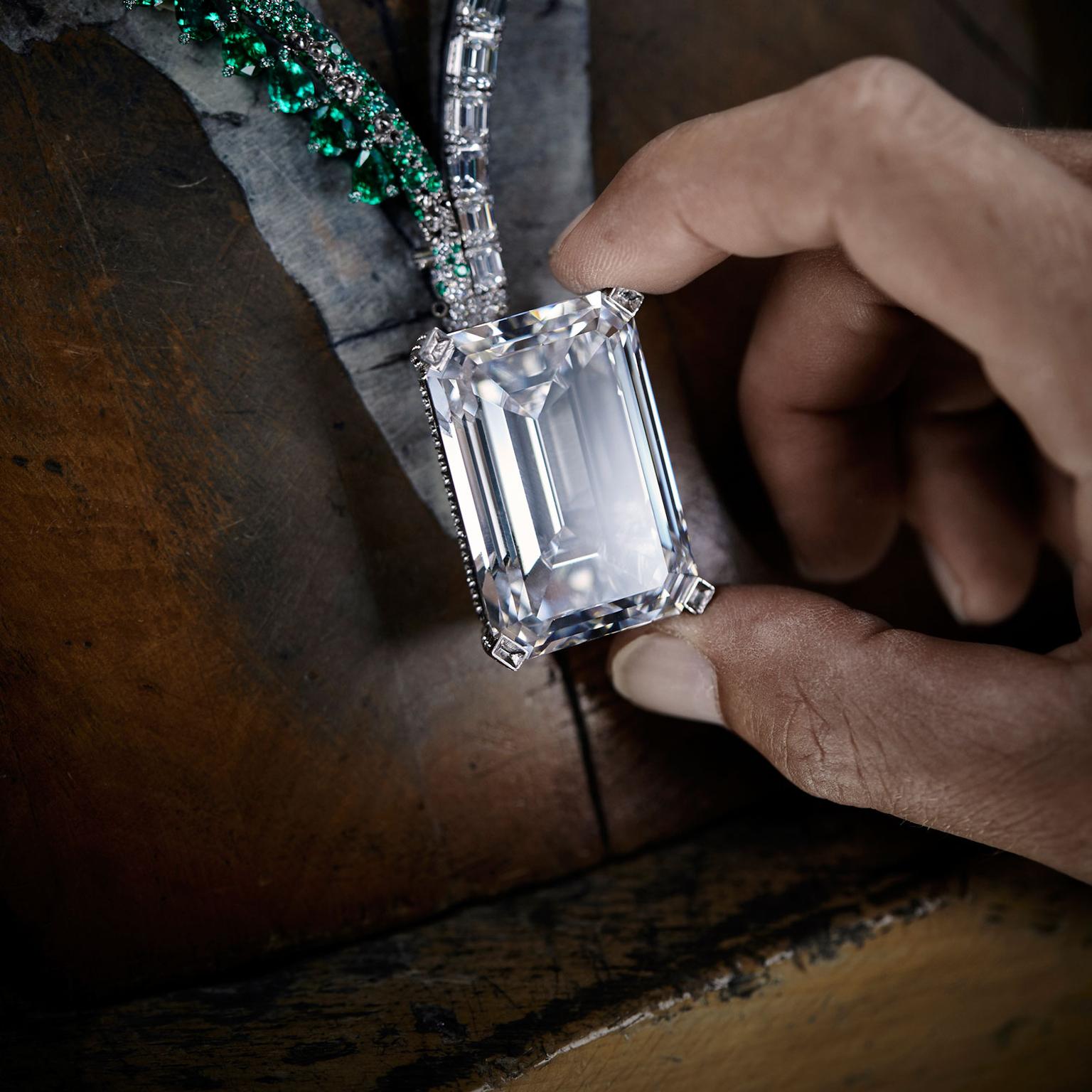
Jewelry has been an integral part of human culture since the earliest days of civilization, serving as a form of adornment, communication, and expression. From the dawn of prehistory to the bustling streets of modern cities, let's embark on a comprehensive journey through the ages to uncover the fascinating evolution of jewelry.
Prehistory: The Dawn of Adornment
Even in the depths of prehistory, our ancestors adorned themselves with jewelry made from natural materials such as shells, bones, and feathers. These early adornments were not only decorative but also served practical purposes, such as indicating social status, tribal affiliation, and personal identity. Archaeological discoveries from sites such as Çatalhöyük in Turkey and the Blombos Cave in South Africa offer glimpses into the early craftsmanship and symbolism of prehistoric jewelry.
Ancient Civilizations: The Birth of Craftsmanship
In the ancient civilizations of Mesopotamia, Egypt, and the Indus Valley, jewelry took on greater significance as a symbol of wealth, power, and spirituality. Elaborate pieces crafted from gold, silver, and precious gemstones adorned royalty, priests, and nobility, reflecting the opulence and grandeur of these early societies. The exquisite craftsmanship and intricate designs of ancient Egyptian jewelry, such as the iconic gold burial mask of King Tutankhamun and the intricate pectorals of Queen Ahhotep, attest to the mastery of ancient artisans.
/granite-web-prod/0d/38/0d38573aa961413aa337669d9382f613.jpeg)
Classical Antiquity: A Golden Age of Craftsmanship
During Classical Antiquity, jewelry reached new heights of craftsmanship and artistry in ancient Greece and Rome. In Greece, jewelry was intricately designed to enhance the natural beauty of the human form, with delicate filigree work, intricate patterns, and vibrant gemstones adorning both men and women. Meanwhile, in Rome, jewelry became synonymous with wealth and luxury, with elaborate pieces worn by emperors, senators, and aristocrats as symbols of status and prestige. The discovery of Pompeii and Herculaneum has yielded a wealth of well-preserved jewelry, including intricate gold earrings, necklaces, and bracelets adorned with pearls, emeralds, and sapphires.
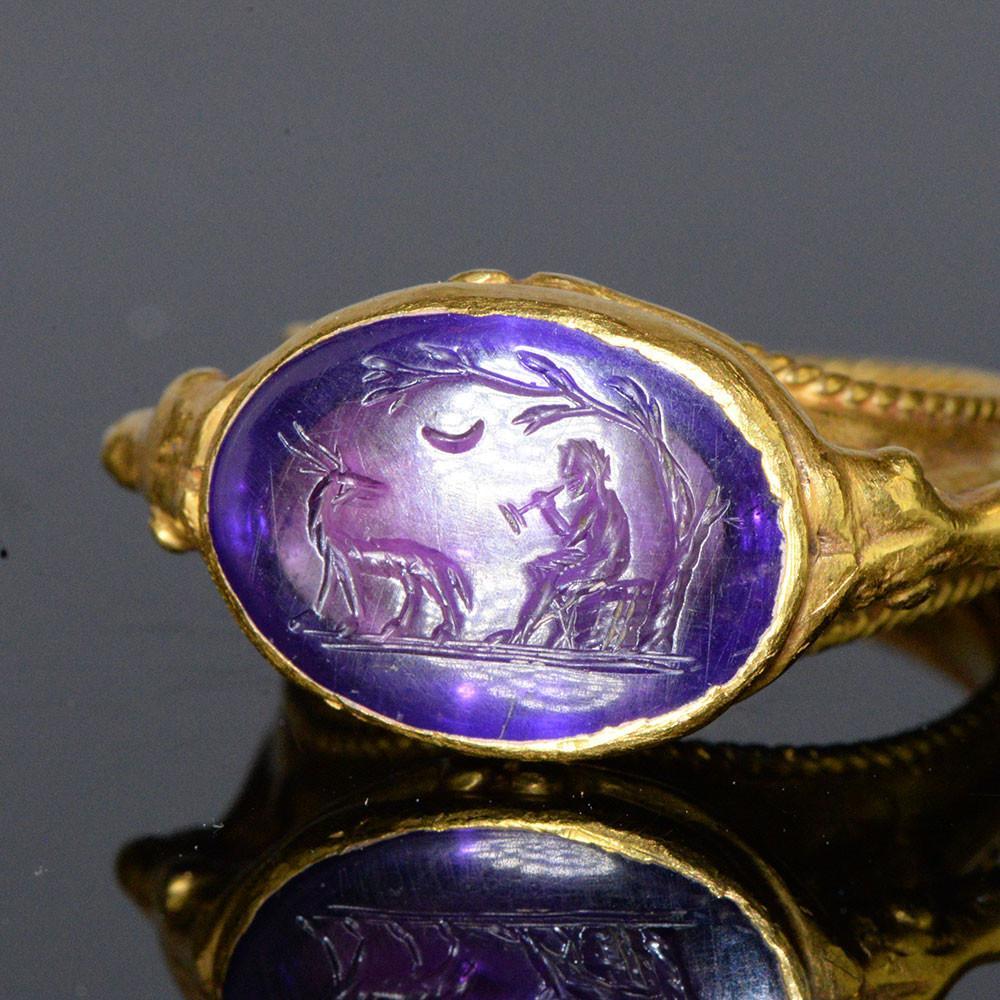
The Middle Ages: Symbols of Faith and Fealty
In the Middle Ages, jewelry took on new meanings as symbols of faith, fealty, and social hierarchy. Intricately crafted pieces adorned with religious motifs, heraldic symbols, and gemstones were worn by clergy, knights, and nobility to signify their devotion, allegiance, and status. The exquisite craftsmanship of medieval jewelry, such as the intricately enameled reliquaries and jeweled crosses of the Byzantine Empire and the elaborately bejeweled crowns and regalia of European monarchs, reflects the spiritual and social values of the era.
The Renaissance: Rebirth of Art and Beauty
During the Renaissance, jewelry experienced a rebirth of art and beauty as artists and artisans drew inspiration from classical antiquity and nature. Renaissance jewelers created masterpieces adorned with intricate engravings, colorful enamels, and lustrous pearls, reflecting the era's newfound appreciation for aesthetics, craftsmanship, and humanism. The opulent jewels of the Medici family, such as the legendary Medici Necklace and the intricate diamond and enamel pendants, epitomize the splendor and sophistication of Renaissance jewelry.

The Age of Exploration: Global Influences and Exotic Treasures
As European explorers set sail to distant lands during the Age of Exploration, they brought back exotic treasures and gemstones from distant shores, transforming the landscape of jewelry design. Jewelry designs became infused with global influences, incorporating motifs and materials from Asia, Africa, and the Americas, such as Indian rubies, Burmese sapphires, Colombian emeralds, and Brazilian diamonds. The discovery of new trade routes and the establishment of colonial empires fueled a demand for luxury goods, including precious metals and gemstones, which found their way into the treasuries of European monarchs and aristocrats.
The Victorian Era: Sentimentality and Symbolism
In the Victorian era, jewelry took on a new level of sentimentality and symbolism as Queen Victoria's reign ushered in an era of romanticism and nostalgia. Sentimental jewelry, such as lockets adorned with miniature portraits and hairwork bracelets, became popular keepsakes, serving as reminders of loved ones lost or distant. Symbolic motifs, such as hearts, flowers, and serpents, were imbued with meaning and sentiment, reflecting the values and emotions of the era. The elaborate mourning jewelry of the Victorian period, such as jet necklaces, black enamel lockets, and intricately woven hairwork brooches, exemplifies the Victorian fascination with death, remembrance, and sentimentality.

Art Nouveau and Art Deco: Innovation and Expression
In the late 19th and early 20th centuries, jewelry underwent dramatic transformations with the rise of Art Nouveau and Art Deco movements. Art Nouveau celebrated organic forms, flowing lines, and natural motifs, such as flowers, insects, and peacock feathers, inspired by the works of artists such as Alphonse Mucha and Gustav Klimt. Art Deco, on the other hand, embraced geometric shapes, bold colors, and streamlined designs, reflecting the era's fascination with technology, modernity, and urban life. The exquisite craftsmanship and innovative designs of Art Nouveau and Art Deco jewelry, such as Lalique's delicate enamel pendants and Cartier's iconic geometric brooches, epitomize the spirit of innovation and expression of the period.
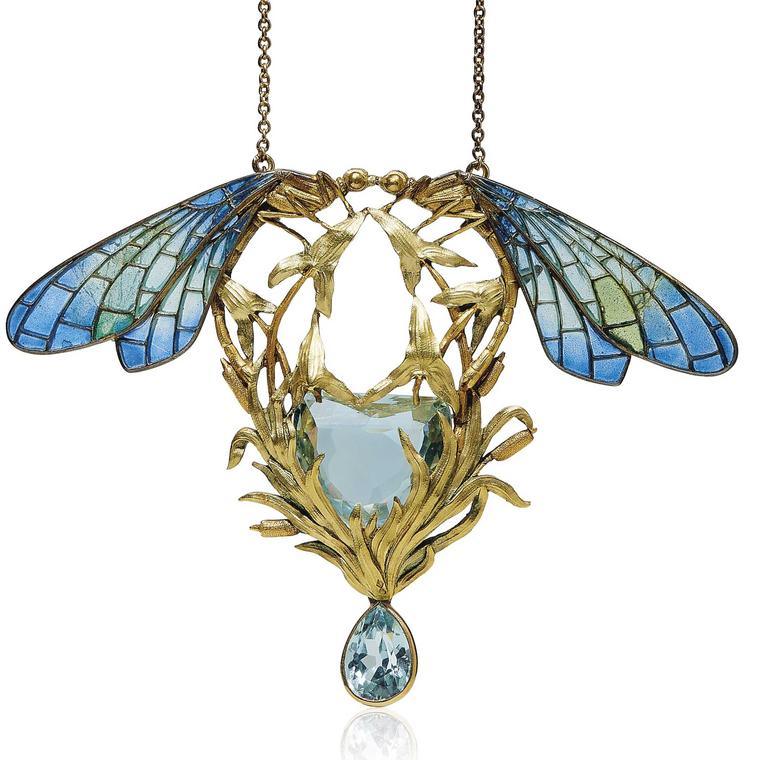
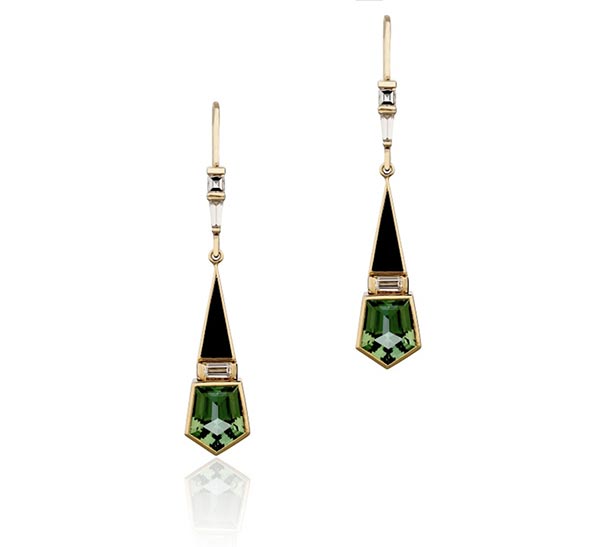
Modern Days: Diversity and Individuality
Today, jewelry reflects a diverse tapestry of styles, materials, and influences, from minimalist designs to bold statement pieces. In an age of mass production and fast fashion, there's a growing appreciation for artisanal craftsmanship, ethical sourcing, and sustainable practices. Artisans and designers are reclaiming traditional techniques and using ethically sourced materials to create jewelry that's both beautiful and meaningful. Contemporary jewelry designers draw inspiration from a wide range of sources, including nature, architecture, culture, and technology, creating pieces that reflect the individuality, taste, and identity of the wearer. From delicate handcrafted earrings to bold sculptural necklaces, jewelry continues to captivate and inspire us with its timeless allure and profound significance.

Honoring the Legacy
As we reflect on the evolution of jewelry from prehistory to modern times, we're reminded of its enduring legacy as a symbol of beauty, power, and personal expression. From the earliest adornments of our ancestors to the contemporary designs of today, jewelry continues to captivate and inspire us with its timeless allure and profound significance. As custodians of this rich heritage, let us cherish and preserve the artistry and craftsmanship of jewelry for generations to come, ensuring that its beauty and meaning endure throughout the ages.


